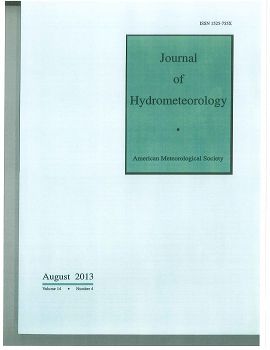Shi et al., 2014
Evaluation of the parameter sensitivity of a coupled land surface hydrologic model.
Shi, Y., K. J. Davis, F. Zhang, and C. J. Duffy (2014)
Journal of Hydrometeorology, 15:279–299
-
Shale Hills, INVESTIGATOR
-
Shale Hills, INVESTIGATOR
-
Shale Hills, INVESTIGATOR
Abstract
Land surface models (LSMs) and hydrologic models are parameterized models. The number of involved parameters is often large. Sensitivity analysis (SA) is a key step to understand the complex relationship between state variables and parameters, and the complex relationship between parameters. SA is also critical to understand system dynamics, and to examine the parameter identifiability. In this paper, parameter SA for a fully-coupled, physically-based, distributed land surface hydrologic model, namely Flux-PIHM, is performed. Multi-parameter and single parameter tests are performed to examine the three dimensions of identifiability: distinguishability, observability, and simplicity.
Results show that Flux-PIHM model predictions of discharge, water table depth, soil moisture, land surface temperature, and surface heat fluxes are very sensitive to the selection of parameter values. Parameter uncertainties produce large uncertainties in hydrologic and land surface variable predictions. The van Genuchten parameters α and β, and the Zilitinkevich parameter Czil are the most identifiable among the twenty tested parameters. Results indicate that the land surface and the subsurface are closely coupled. Hydrologic parameters have significant influence on land surface simulations. At the same time, land surface parameters have considerable impacts on hydrologic simulations; the evapotranspiration prediction prior to a strong precipitation event is critical for initializing accurate prediction of discharge peaks. Results also show that parameter identifiability depends on seasons and canopy wetness. Parameter identifiability at high and low flow conditions can be extremely different. Complex system dynamics have been revealed during the SA.
Citation
Shi, Y., K. J. Davis, F. Zhang, and C. J. Duffy (2014): Evaluation of the parameter sensitivity of a coupled land surface hydrologic model. Journal of Hydrometeorology, 15:279–299. DOI: 10.1175/JHM-D-12-0177.1
 This Paper/Book acknowledges NSF CZO grant support.
This Paper/Book acknowledges NSF CZO grant support.
Explore Further




